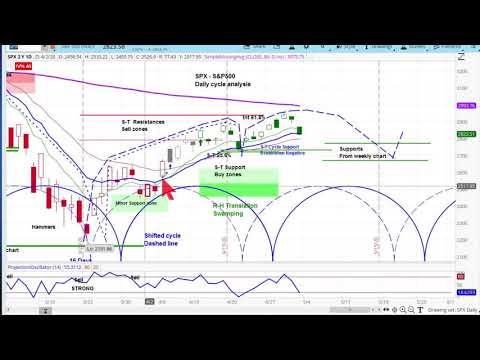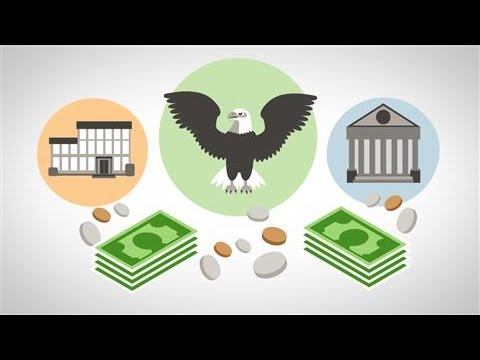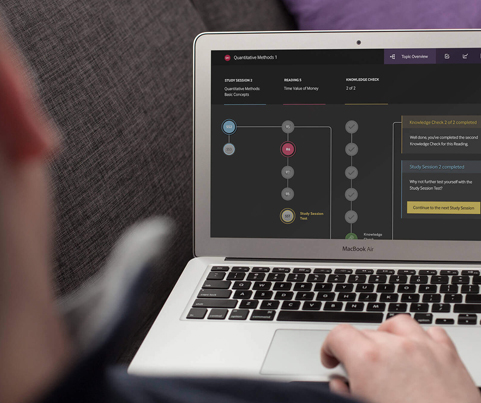

But it also augments the risk posed to ordinary shareholders because of the uncertainty of its success. Both these terms signify that a corporate body leverages its financial standing to procure debt and enhance the earnings of shareholders. In other words, a company utilises its equity strength to avail debts from creditors, and thus the name of the strategy.

In the former case, a company borrows a sum that is more significant in comparison to its equity strength. In the latter case, a company acquires an amount that is modest in relation to its equity strength. However, in case the strategy does not pan out as intended, it results in lower earnings compared to interest expense. That’s an indication of the unsuccessful implementation of the strategy. Curated newsletters on markets, personal finance, policy & politics, start-ups, technology, and more. Covenants, for example, might be used to limit your future activities.
More About Stock / Share Market
However, if the reply for the capital gearing ratio to equity ratio is more than a hundred%, it signifies that whole liability is higher than the corporate’s capital or total equity. A adverse debt to fairness ratio occurs when a company has rates of interest on its debts that are larger than the return on funding. Gearing ratios form a broad class of monetary ratios, of which the debt-to-equity ratio is the predominant example.
As a result, gearing ratios are only a part of the picture and do not provide a whole picture of a company’s health. Make sure to include gearing ratios in your fundamental analysis, but not as a stand-alone metric, and to use them on a case-by-case basis. Gearing (sometimes known as “leverage”) refers to the percentage of a company’s assets that are financed with long-term debt. Organizations with a high gearing ratio have high amounts of debt to service.
Capital Gearing Ratio
Companies which might be in cyclical industries and have excessive gearing ratios could, therefore, be considered by traders as dangerous. In stable industries, nonetheless, a high gearing ratio could not present a priority. There are several types of financial strategies that corporations utilise to magnify the earnings of shareholders. One such strategy is trading on equity, for which companies procure new debts in the form of debentures, preference shares, bonds, or loans. Consequently, companies use this debt avenue to purchase new assets or invest in a new venture.

A low debt-to-equity ratio means the equity of the company’s shareholders is bigger, and it does not require any money to finance its business and operations for growth. The risk gearing ratio or debt-to-equity ratio is a leverage used to carry out the company’s financial leverage. Capital gearing is a British term that refers to the amount of debt a company has relative to its equity. The gearing ratio is a measure of financial risk and expresses the amount of a company’s debt in terms of its equity. A company with a gearing ratio of 2.0 would have twice as much debt as equity.
Save taxes with ClearTax by investing in tax saving mutual funds online. Our experts suggest the best funds and you can get high returns by investing directly or through SIP. The ratio should be compared with the average ratios to avoid confusion. Generally, companies with intensive capital tend to have a higher debt-to-equity ratio than service firms. In contrast, industries packed with services and technology have lower capital and growth needs on a comparative basis and therefore may have a lower DE.
A company with a gearing ratio of two.zero would have twice as much debt as fairness. Depreciation and amortization are non-money expenses that do not actually impression cash flows, however interest on debt is usually a vital expense for some corporations. For this cause, net revenue minus capital expenditures, plus depreciation and amortization will be the better measure of money available for debt compensation. A ratio that compares debts and equities of an organization or the ability of a company to fulfill its debt related expenses (curiosity on borrowed funds etc.) is named gearing ratio. A company with a low ratio has higher assets and more financial freedom to grow its business. They can make new investments and take other steps in order to get more assets and at the same time, pay back its debts to lenders.
As a result, stifling growth is more of a roadblock to the company’s progress. There are many alternative formulas that relate the owner’s capital or equity to the long-term or short-term debt. The debt-to-equity ratio also helps one analyze a company’s financial strategy. One can gauge whether the company uses debt or equity financing for running its operations. The debt-to-equity ratio definition states that it is used to gauge the company’s capability to pay back its obligations. If the debt-to-equity ratio is high, the company receives more financing by lending money.
Because https://1investing.in/ ratios vary so much between businesses, it’s frequently better to compare corporations to the industry average rather than companies from various industries or areas. It is, nevertheless, useful when the majority of a company’s debt is held in long-term bonds. Capital gearing ratio is a measure of long term solvency as well as capital structure. When the capital gearing ratio is greater than one, the firm is said to be high geared.
What is gearing ratio used for?
Generally, higher leverage signals to shareholders that a company or its stocks have a higher risk. However, it is tough to compare the debt-to-equity ratio across different industry groups where ideal debt amounts vary. A excessive gearing ratio reveals a high proportion of debt to fairness, while a low gearing ratio reveals the other.
It is thus imperative to be informed about the differences and the meaning of each of these concepts to do away with any prevailing confusion. Pay 20% upfront margin of the transaction value to trade in cash market segment. The cost which is to be incurred even when a business unit is closed is a _____.
- A covenant may restrict you from paying dividends if money is still owing to you.
- We can now calculate the gearing ratio for both the years using the below mentioned formula..
- Compared to equity or preference shares, debt financing is cheaper because of fixed rate of interest on debt and priority payment in case of winding up.
- A firm has the option of choosing between debt and equity capital when seeking fresh cash to fund its operations.
- The period for which the finances are required is also an important factor to be considered while selecting an appropriate capital structure.
- If the debt-to-equity ratio is high, the company receives more financing by lending money.
Therefore, if the debt-to-equity ratio shows a sudden increase, it means that the company has a growth strategy that is aggressively funding through debt. Several investors and lenders opt for a low debt-to-equity ratio because their interests are safeguarded If the business is declining. Apart from that, it is also used to calculate the weight of total debt and financial liabilities against total shareholder’s equity.
Just write the bank account number and sign in the application form to authorise your bank to make payment in case of allotment. The balance on the operating line of credit and the amounts owed to suppliers from the liabilities. By keeping only the long-term debt, it is more revealing of the company’s true debt level.
Types of Trading on Equity
A covenant may restrict you from paying dividends if money is still owing to you. Ltd. makes no warranties or representations, express or implied, on products offered through the platform. It accepts no liability for any damages or losses, however caused, in connection with the use of, or on the reliance of its product or related services. All efforts have been made to ensure the information provided here is accurate.

Capital Turnover Ratio is also called as net worth or equity turnover ratio.It matches the yearlysales of a business organization to the total amount of its stockholders’ equity. Higher the proprietary ratio, greater is the satisfaction for lenders and creditors, as the firm is less dependent on external sources of finance. Debt equity ratio is calculated to assess the long term solvency position of a business concern. If you are a Financial Advisor, then it is extremely important to stay updated on the latest financial terms. We at IndianMoney.com update all the new terms used in personal finance in the Financial Dictionary.
Lenders will want to give money to those companies with low ratio because the probability of getting their assets back is higher than others. In other words, they are less likely to get bankrupt and do not affect the lenders’ capital. This will lead to a win-win situation for both parties involved in the relationship. A Capital Gearing Ratio is also important for companies to know about its financial situation.
Why is capital gearing important?
Management should raise funds without any loss of control over the firm. Rising of funds through issue of shares will dilute the control of the existing share holders. Gearing of capital may be either high or low depending upon the circumstances. A Gearing level is a way of measuring how leveraged a company might be.




